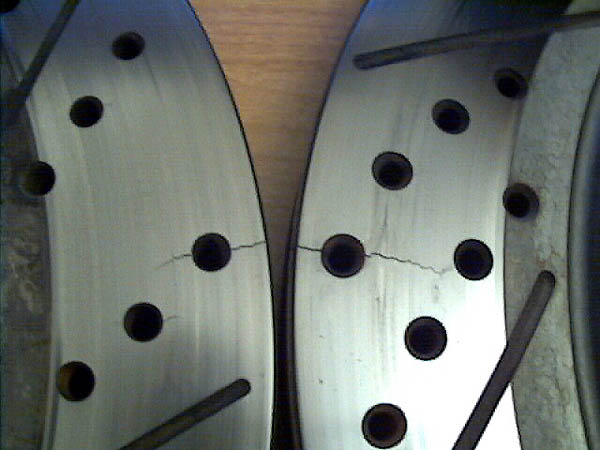Well, im sure you guys all know there are a lot of different coatings out there and more than a few "treatments". Lately I have been looking into a few of these and have been trying to figure out what I want to do and where in my engine i want to do it.
The purpose of this thread is to pretty much gain a bit more insight on what these coatings do and to list out the possiblities for these coatings and treatments.
The few key points i would like to focus on are heat resistance, lubricity and durability aswell as what these processes can do to help keep you engine together over the long haul.
First off, Titanium Nitride Coating-
Some of the benifits and features i have found listed on various sites are:
Now, moving on to implementation aspect of this coating. One possible use is coating the block for increased durability. Another possible option is use in internal turbo assemblies.
Now for the questions this thread was meant to try and answer. How well does this work? What are the other possible uses? Will the increased lubricity and hardness help your block stand up to years of high performance pounding?
To add to this, here is a little more information on the material-
Also, just a side note-
There will be plenty more to come in this thread and i will slowly add the different treatment offerings availible, this is only the first of an installment of posts on this subject.
The purpose of this thread is to pretty much gain a bit more insight on what these coatings do and to list out the possiblities for these coatings and treatments.
The few key points i would like to focus on are heat resistance, lubricity and durability aswell as what these processes can do to help keep you engine together over the long haul.
First off, Titanium Nitride Coating-
Some of the benifits and features i have found listed on various sites are:
- Wear resistance
Maintaining sharp edges or corners
Prevent galling, seizing or cold-welding
Decreases friction
Resists corrosion
Withstands high temperatures
Extreme hardness (Harder than carbide)
Lubricity
Resistant to nearly all chemicals
Heat resistant
Now, moving on to implementation aspect of this coating. One possible use is coating the block for increased durability. Another possible option is use in internal turbo assemblies.
Now for the questions this thread was meant to try and answer. How well does this work? What are the other possible uses? Will the increased lubricity and hardness help your block stand up to years of high performance pounding?
To add to this, here is a little more information on the material-
Titanium nitride (TiN) is an extremely hard (~85 Rockwell C Hardness or ~2500 Vickers Hardness or 24.5 gigapascals)[1], ceramic material, often used as a coating on titanium alloy, steel, carbide, and aluminum components to improve the substrate's surface properties.
TiN has excellent infrared (IR) reflectivity properties, reflecting in a spectrum similar to elemental gold (Au). Depending on the substrate material and surface finish, TiN will have a coefficient of friction ranging from 0.4 to 0.9 versus itself (non-lubricated). Typical formation is a face-centered cubic crystalline structure with a roughly 1:1 stoichiometry. TiN will oxidize at 600 °C (~1100 °F) at normal atmosphere, and has a melting point of 2930 °C.
TiN has excellent infrared (IR) reflectivity properties, reflecting in a spectrum similar to elemental gold (Au). Depending on the substrate material and surface finish, TiN will have a coefficient of friction ranging from 0.4 to 0.9 versus itself (non-lubricated). Typical formation is a face-centered cubic crystalline structure with a roughly 1:1 stoichiometry. TiN will oxidize at 600 °C (~1100 °F) at normal atmosphere, and has a melting point of 2930 °C.
-Taken from Wikipedia.Org
Also, just a side note-
There will be plenty more to come in this thread and i will slowly add the different treatment offerings availible, this is only the first of an installment of posts on this subject.







Comment